Telecom tower industry expected to undergo structural changes in the medium term
By MYBRANDBOOK
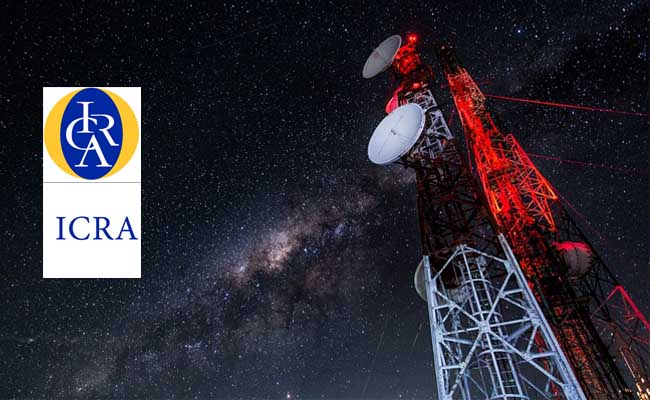
The telecom tower industry is expected to undergo structural changes in the medium term. Currently, the industry, with around 4 lakh towers and around 8 lakh tenancies, is a sizeable one in the world. It has 10 organized players wherein 74% of the portfolio is held either by tower companies promoted by telecom operators, or by telecom operators themselves. Over the next 1-2 years, there is likely to be a material change in the industry structure with number of players expected to reduce to 4-5.
The key development for the industry would be the likely change in ownership from telecom operators to independent players, as reflected by the consolidation transactions under way and by the interest from such players and investors. The industry is also likely to witness strong growth in the coming years driven largely by the network expansions by telecom operators; and upside in rentals due to improved negotiation power which would follow from consolidation as well as from greater independent ownership.
Commenting on this, Harsh Jagnani, Sector Head & Vice-President – Corporate Ratings, ICRA, elaborates, “The industry generates steady cash flows given its indispensability to the telecom services and benefits from the inherent strengths of the lease agreements or Master Service Agreements (MSA) which include: long tenure (the MSAs range from 10-15 years), penalties on exit before a fixed lock-in period, per annum escalations in rentals, and incentivising addition of new tenants. This, along with moderate capex over the last few years, has enabled many tower companies to achieve strong financial profile with steady reduction of debt. The industry is now on a solid footing to expand as the telecom sector looks for greater and deeper network expansions to meet the growing need for data.”
All these factors have led to greater interest in the industry from institutional investors and independent tower companies. Simultaneously, the significant pressures on cash flows and stretched capital structure of the telecom sector have forced the operators to reduce their debt levels by monetising their tower asset ownership. As per ICRA estimates, debt to the tune of Rs.80,000-Rs.90,000 crore can be pruned from the telecom industry if the stake sale transactions of tower assets currently under discussions materialise. A significant portion of this could be funded by debt in the tower industry, to be supported by its relatively stronger capital structure and greater predictability of cash flows.
As per ICRA estimates, over the last four years, the telecom tower tenancies have grown at CAGR of 5.5%, while the growth in rentals has been nominal. The Average Revenue per Tower (ARPTo) for a sample of companies has grown at CAGR of ~4%. However, the current valuations of tower companies indicate expectations of stronger business growth, fuelled by the expanding data usage and the rollout of next-generation networks. Tower companies may also look beyond traditional business and explore opportunities in areas such as in-building solutions, Wi-Fi hotspots, fiberization, etc, although the business models around these remain to be developed. In addition, possible upsides to the cash flows for the tower companies are: growth in rentals due to improvement in the negotiation power of tower companies; and reduction of power expenses, primarily diesel consumption, aiding the growth in profitability. The tower industry can also explore the REIT/InvIT (Real Estate Investment Trust or Investment Trust) structure to access a greater pool of investors.
These long-term strengths aside, the industry would witness some headwinds in the short term – primarily on account of rationalization of tenancies by the telecom operators who are undergoing consolidation. A saving grace would be that the culmination of the consolidation would coincide with the revival in capex by the telecom industry and thus the pruning of redundant tenancies would be compensated by the rollout of newer ones.


Nazara and ONDC set to transform in-game monetization with ‘
Nazara Technologies has teamed up with the Open Network for Digital Comme...

Jio Platforms and NICSI to offer cloud services to government
In a collaborative initiative, the National Informatics Centre Services In...

BSNL awards ₹5,000 Cr Project to RVNL-Led Consortium
A syndicate led by Rail Vikas Nigam Limited (abbreviated as RVNL), along wi...

Pinterest tracks users without consent, alleges complaint
A recent complaint alleges that Pinterest, the popular image-sharing platf...


Icons Of India : ASHISH KUMAR CHAUHAN
Ashish kumar Chauhan, an Indian business executive and administrator, ...
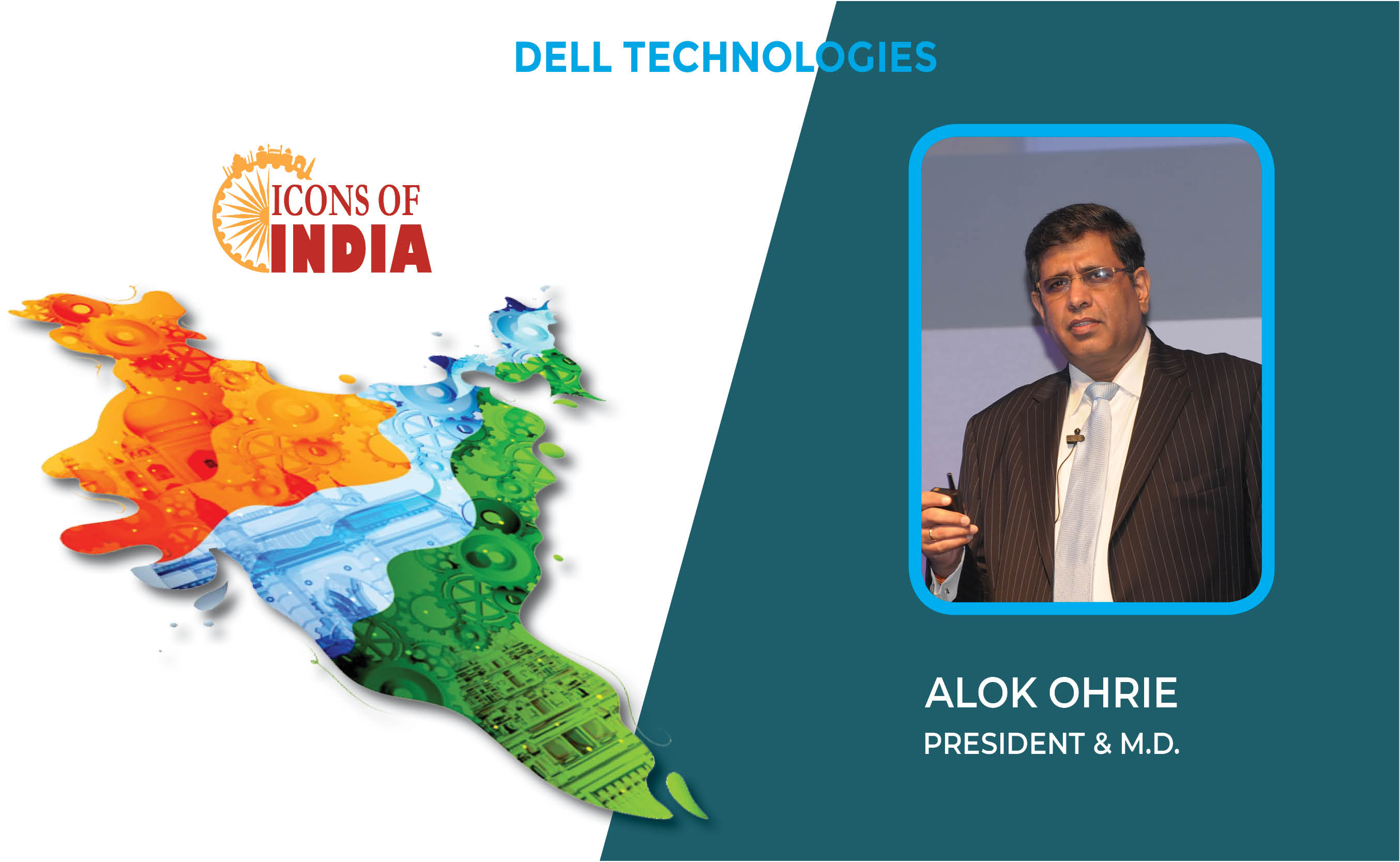
Icons Of India : ALOK OHRIE
Alok Ohrie leads Dell Technologies’ India business, overseeing Sales...
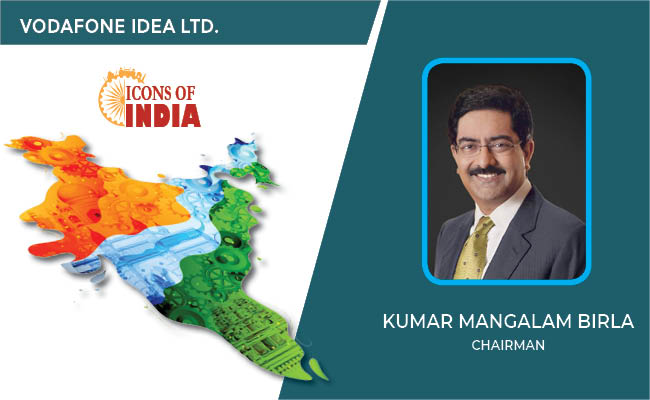
Icons Of India : Kumar Mangalam Birla
Aditya Birla Group chairman Kumar Mangalam Birla recently made a comeb...

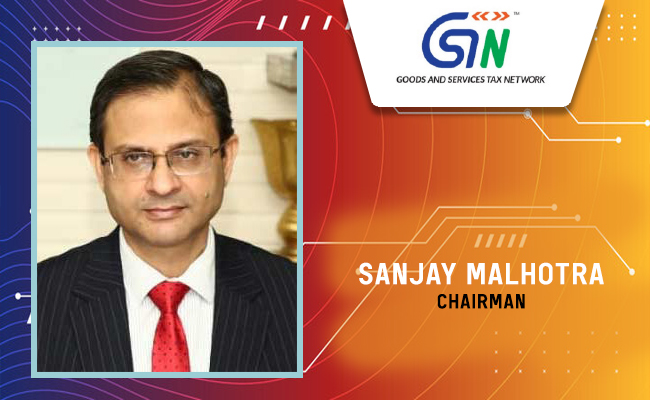
GSTN - Goods and Services Tax Network
GSTN provides shared IT infrastructure and service to both central and...

ECIL - Electronics Corporation of India Limited
ECIL is distinguished by its diverse technological capabilities and it...
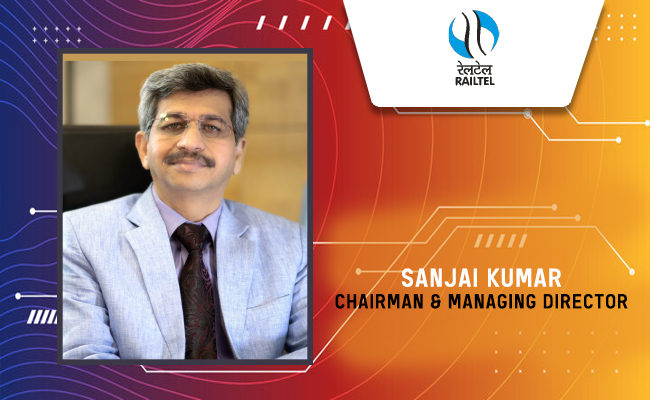
RailTel Corporation of India Limited
RailTel is a leading telecommunications infrastructure provider in Ind...


Indian Tech Talent Excelling The Tech World - Thomas Kurian, CEO- Google Cloud
Thomas Kurian, the CEO of Google Cloud, has been instrumental in expan...
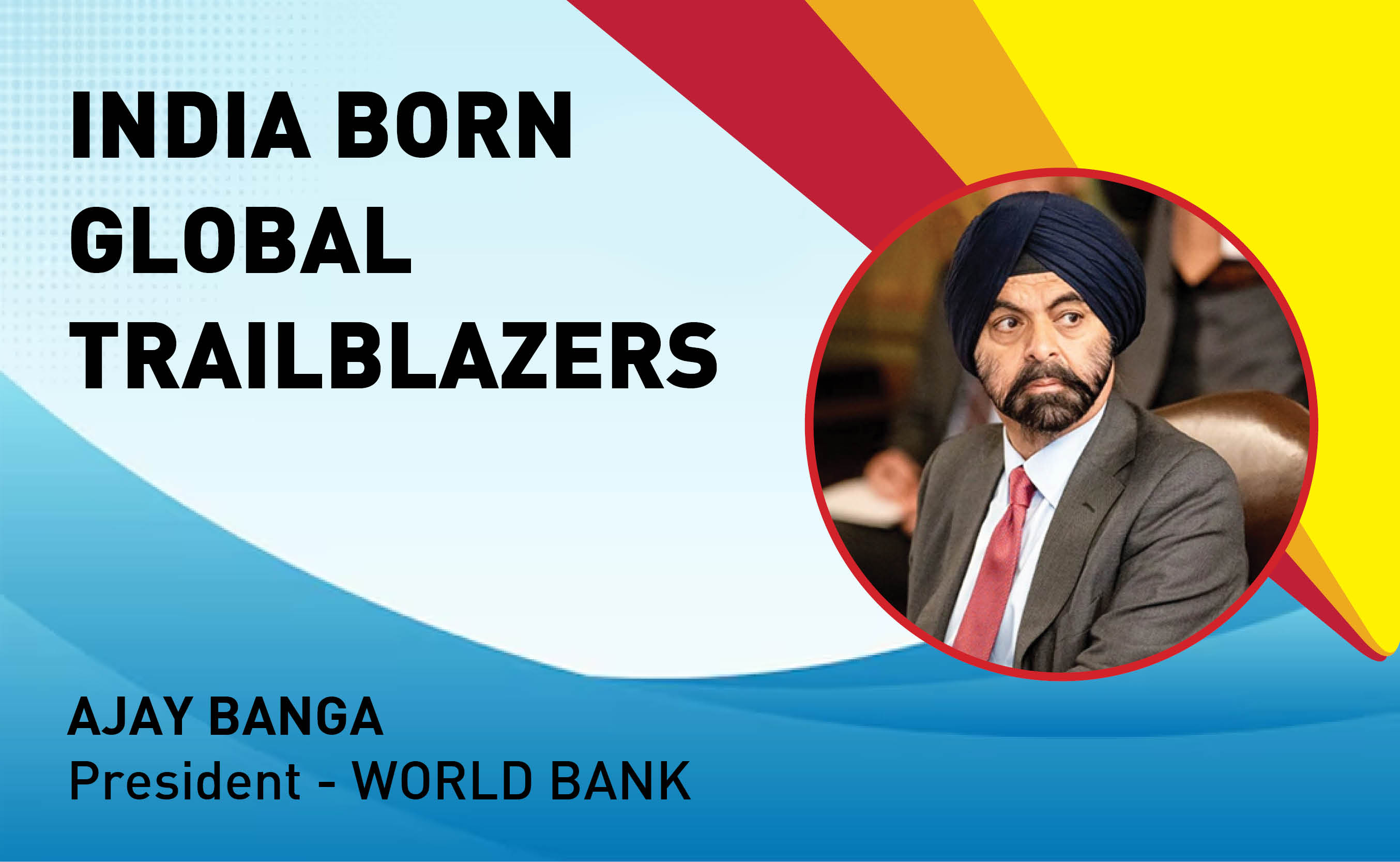
Indian Tech Talent Excelling The Tech World - AJAY BANGA, President - World Bank
Ajay Banga is an Indian-born American business executive who currently...
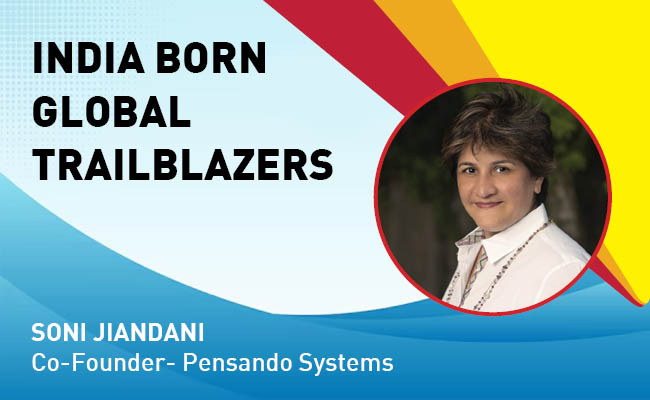
Indian Tech Talent Excelling The Tech World - Soni Jiandani, Co-Founder- Pensando Systems
Soni Jiandani, Co-Founder of Pensando Systems, is a tech visionary ren...